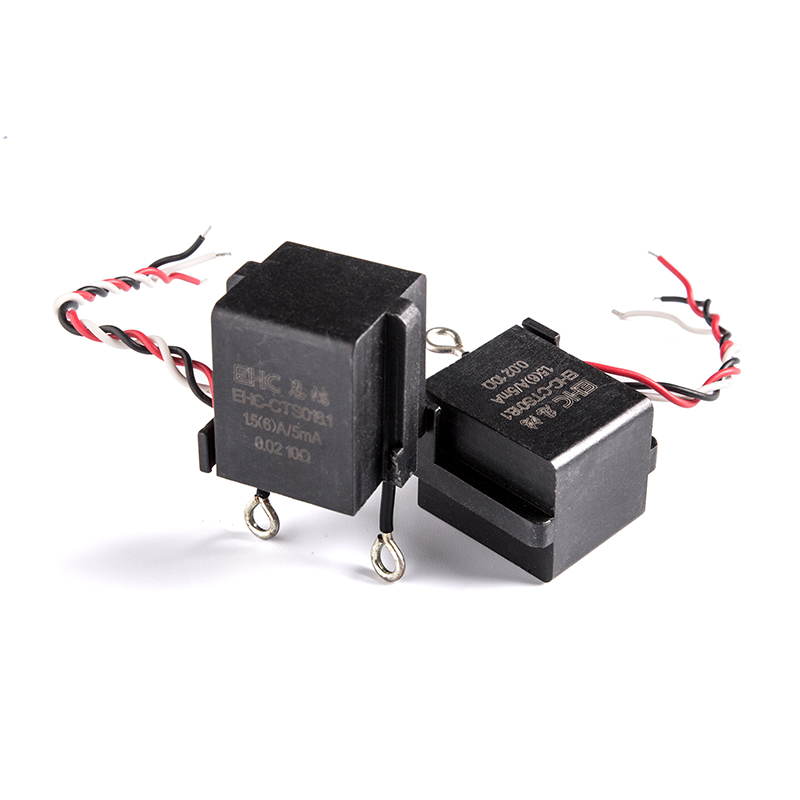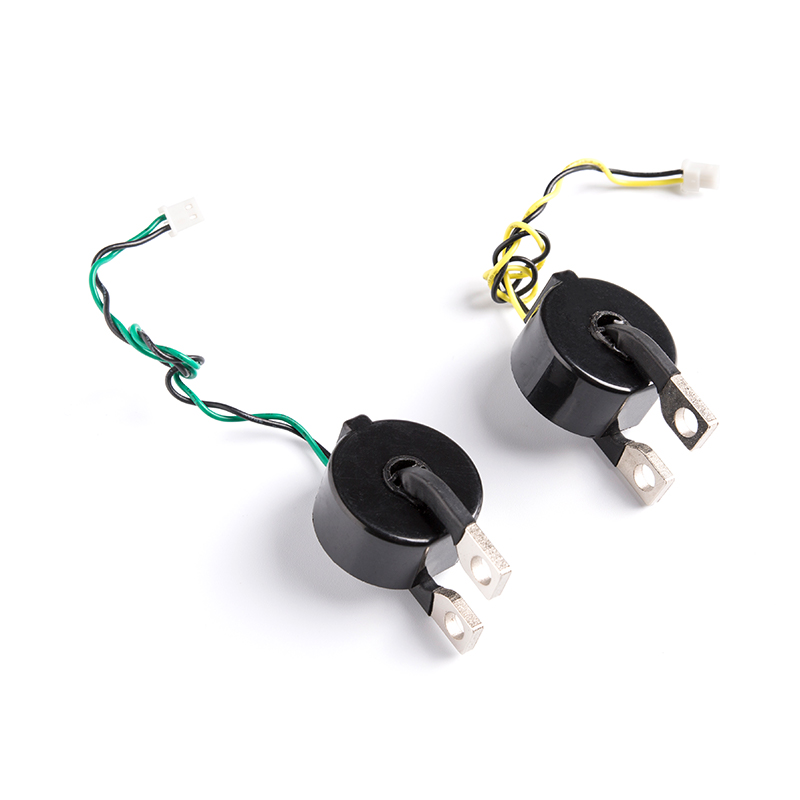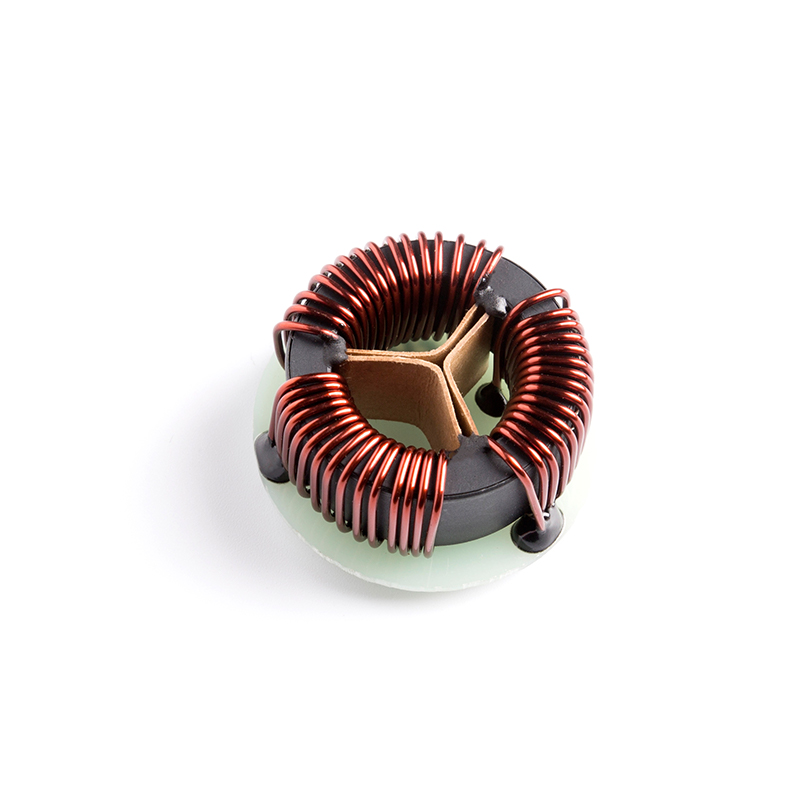A current transformer (CT)—also known as a current sensing transformer or current sensor—is an instrument designed and manufactured to sense electrical current and convert it into a more useful form for use in different applications. They perform these detections and conversions by measuring a larger current value in the primary winding and generating a corresponding smaller current in the secondary winding.
CTs can be classified into three categories based on how accurately they detect current over a specific range: high precision, medium precision, and low precision. Since each is suitable for a different current sensing and/or control application, it is important to ensure that the transformer selected for the application meets the accuracy requirements. Otherwise, you risk overpaying for the system or it underperforming. This is why a specific application is usually considered when designing a transformer.
There are many factors to consider when specifying a current transformer, which can make the process seem difficult or challenging. Below, we highlight some key factors to keep in mind to better understand the design process.
Turns ratio
Triad-CST25-Left-High Resolution
The turns ratio (also known as the conversion ratio) is the ratio of the number of turns in the secondary winding to the number of turns in the primary winding and vice versa. This ratio is the same as the voltage ratio. For example, if the turns ratio is 1:2 (secondary to primary), the voltage in the secondary winding will be 1 volt and the voltage in the primary winding will be 2 volts.
The turn ratio also affects two other aspects of transformer design. It sets the voltage across the load resistor (if present) and the magnetic flux density across the transformer.
Excitation current
Exciting current is the amount of current required to create and maintain a magnetic field within the transformer core. When voltage is applied to the terminals of the transformer and the secondary circuit is open, current flows into the primary.
Core
The cores of current transformers can be made from a variety of laminated or sintered materials. Each material exhibits different properties that make it suitable for different current sensing and switching applications. The two most commonly used are powder (ferrite) materials (for high-frequency applications) and nanocrystalline materials (for low-frequency applications).
temperature
The temperature of the core material affects its resistance, which in turn affects the output of the transformer. Therefore, before selecting a material for a transformer design, it is important to consider how the expected operating and ambient temperatures in the application will affect the potential core material.
The output voltage
The output voltage of the current transformer refers to the voltage value after the switching operation. It should be set as low as possible to minimize insertion loss.
Load Resistance
Load resistors protect the current transformers under open circuit conditions. They allow high voltages to be applied across them, allowing current to flow through them and preventing voltage from damaging the insulation. Both accuracy and temperature behavior are important considerations when selecting a load resistor for a transformer
The Role Of Current Transformer And Its Factors
Recommended Products
-
 View More >>
View More >>
Non-Toroidal C-Type Cut Amorphous Nanocrystalline Cores
Industry: Amorphous Nanocrystalline Core
-
 View More >>
View More >>
EHC-VCT Series for Power supply
Industry: Current Transformer
-
 View More >>
View More >>
Transformers Cores Amorphous Nanocrystalline Cores
Industry: Amorphous Nanocrystalline Core
-
 View More >>
View More >>
Amorphous Nanocrystalline Inductor Cores
Industry: Amorphous Nanocrystalline Core
-
 View More >>
View More >>
CTS Series Terminal High Precision Amorphous Nanocrystalline Current Transformers
Industry: Current Transformer
-
 View More >>
View More >>
Rectangular hysteresis loop Cores
Industry: Amorphous Nanocrystalline Core
-
 View More >>
View More >>
High Linear Current Transformers
Industry: Current Transformer
-
 View More >>
View More >>
Common Mode Choke Amorphous Nanocrystalline Inductors
Industry: Amorphous Nanocrystalline Inductors

 English
English 中文简体
中文简体 Deutsch
Deutsch 日本語
日本語

